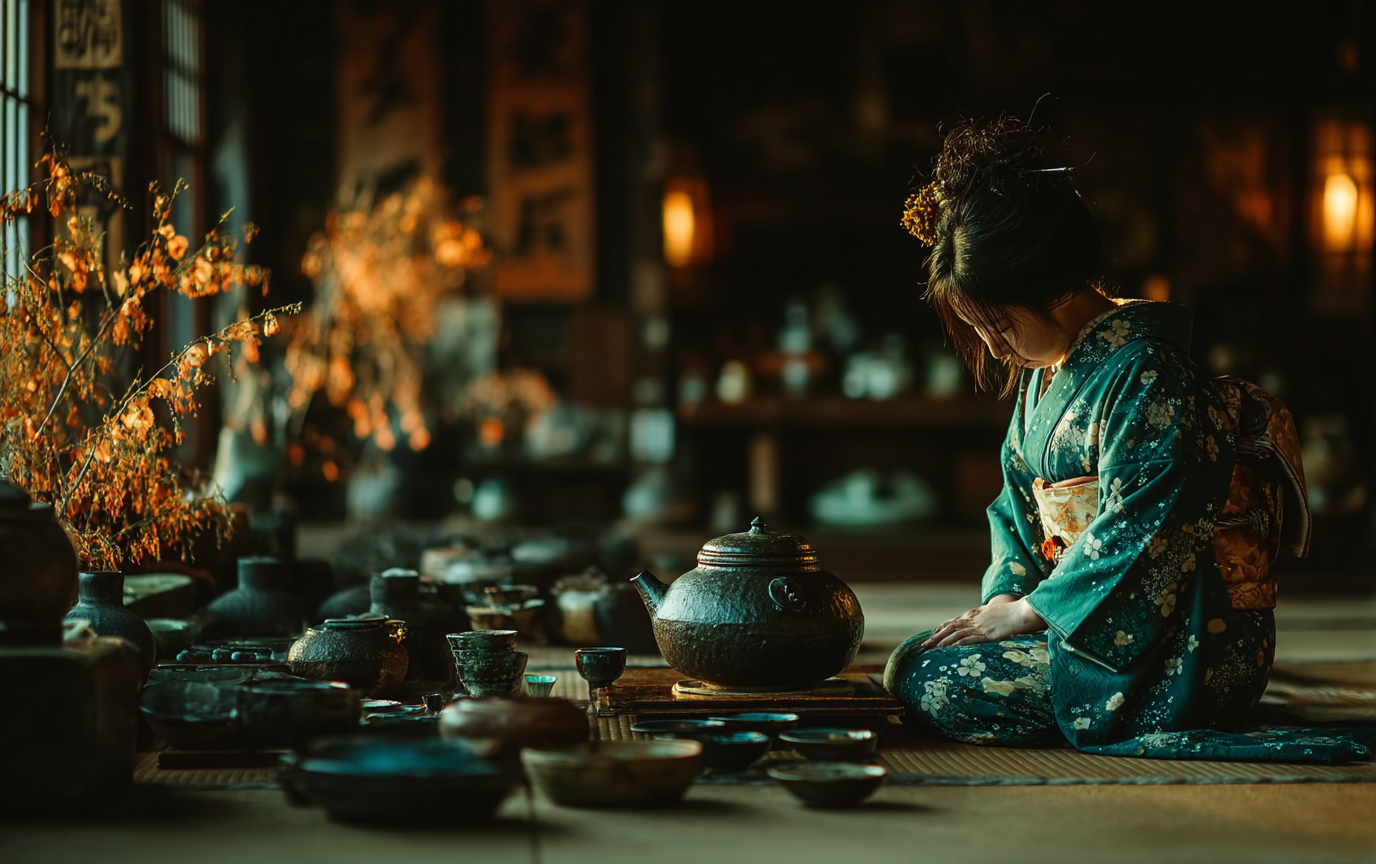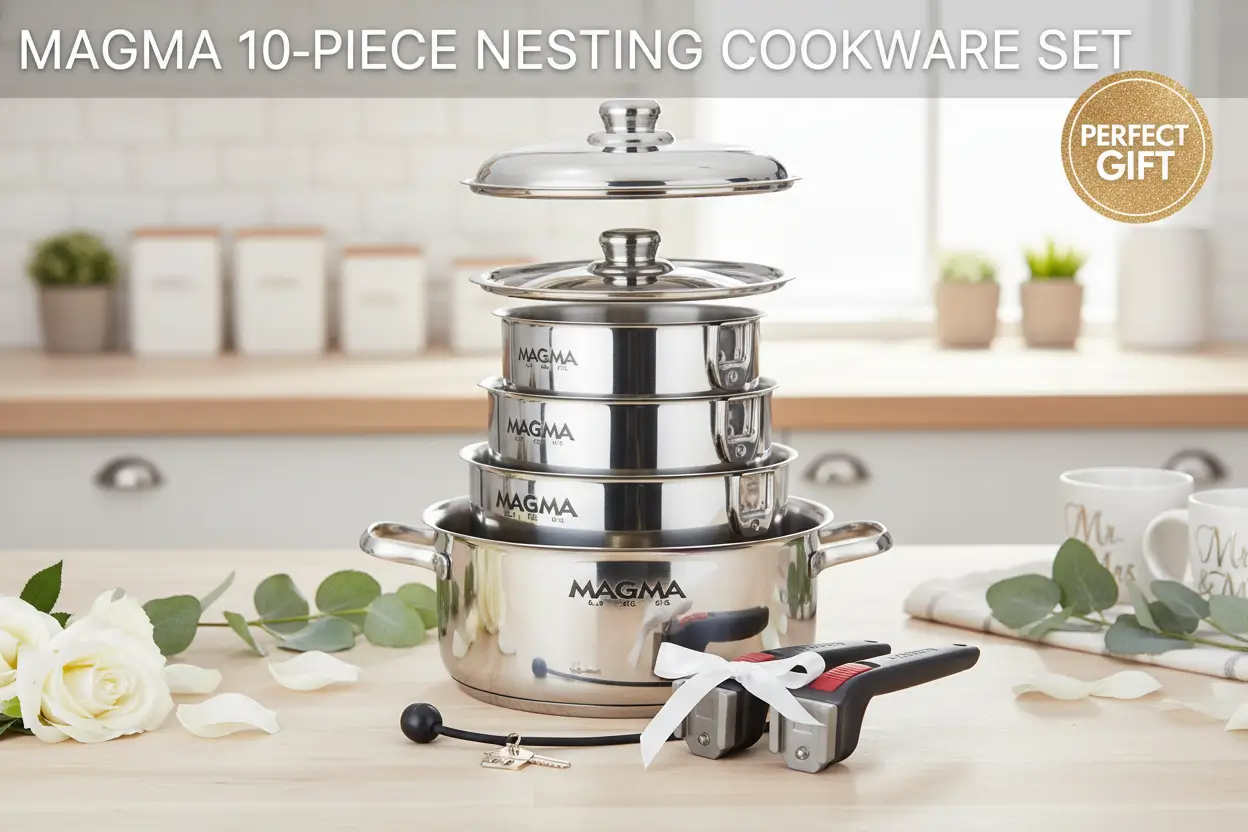The first time I stepped into a traditional tea room in Kyoto, I felt as if I had been transported into the pages of a serene storybook. The air was thick with the earthy aroma of matcha, and my heart raced with both excitement and trepidation. Would I, a curious traveler, navigate the intricacies of the Japanese tea ceremony, known as Chanoyu? This exquisite tradition, steeped in history and cultural significance, is more than just preparing and consuming tea—it’s an intimate dance of respect, mindfulness, and connection. Whether you are planning your first experience or you’ve simply found interest in this beautiful ritual, join me as I unravel the delicate etiquette of the Japanese tea ceremony.
History and Significance of the Tea Ceremony
The Japanese tea ceremony has roots tracing back to the 9th century, evolving through centuries until it crystallized into its present form during the 16th century. A pivotal figure in its development was Sen No Rikyū, who championed the ideals of simplicity and restraint. Remembering his words, “Tea is a way of respecting the heart,” I realize the ceremony is not just about the tea itself but about the feelings and intentions behind the brew.
At its core, the tea ceremony embodies the principles of harmony, respect, purity, and tranquility—principles that are essential to Japanese aesthetics and Zen Buddhism. It invites participants to transcend the chaos of daily life, offering a momentary escape into simplicity, mindfulness, and connection with nature. Picture a bamboo tea whisk, the careful arrangement of seasonal flowers, and the subtle rustle of the tatami mat beneath your knees—each element tells a story, revealing the thoughtfulness and beauty woven into this ceremonial practice.
Preparation and Etiquette: Essential Tips for Guests
Arriving: The First Impression
Your journey begins long before the first sip of tea. Punctuality is not just a suggestion; it’s crucial. When I arrived late to my first ceremony, I felt the eyes of the other guests as they exchanged knowing glances. Be that traveler who honors the host and fellow attendees with your timeliness—after all, the experience is about togetherness.
Dress modestly, too. I remember slipping into a soft kimono that whispered of simplicity—an attire that respects the art form. Avoid heavy scents; the purity of the tea and the ceremonial space is meant to envelop you without distractions.
Stepping Inside: The Ritual of Respect
Entering the tearoom is much more than walking through a door; it is an invitation into a sacred space. You may find yourself lowering your head to step through a short entrance, a gesture embodying humility. As I did this, I sensed a symbolic shedding of worldly worries, letting the tranquility of the space wash over me.
Once seated on the tatami mat in seiza—kneeling with your spine straight—I realized the importance of this posture in Japanese culture. It signifies readiness, respect, and a humble heart.
Connecting with Nature: Honoring the Aesthetics
Before the tea-making begins, a pivotal moment involves paying homage to the décor: a hanging scroll and seasonal flowers. Bowing slightly at the alcove, I took a breath and let the beauty of the arrangement resonate within me, feeling a sense of gratitude for the artisan’s work and the moment’s aesthetic relevance. This honor reflects the broader Japanese philosophy of finding beauty in nature’s simplicity.
The Art of Tea: Handling Utensils
When it’s time to taste the tea, you’ll soon discover the intricate dance of handling the bowl and utensils. With trembling hands, I learned to rotate the bowl twice, drinking in the artistry of its design before savoring the fragrant matcha. Each sip was a celebration of earth and spirit, connecting me to the ancients who walked this path before me. Return the bowl with a gentle gesture of appreciation—this is where the heart of the ceremony truly beats.
The Steps of the Tea Ceremony
Invitation and Preparation
The ceremony often starts weeks before, with formal invitations extending a call to partake in this intimate ritual. On the day of the event, I marveled at how the host prepared the surroundings with meticulous care—seasonal flowers adorned the space and treats, known as wagashi, were artfully arranged. This itself is an act of love.
Welcoming Guests: The Purity Ritual
As guests arrive, a ritual of purification takes place—washing hands to symbolize cleansing the spirit before indulging in the tea’s reverence. When it was my turn to enter, I felt an unspoken camaraderie with the others present; we were all there to honor the moment together.
The head guest is always the first to enter the tearoom, often greeted with a warm smile from the host. It is here that the essence of connection flourishes, a bond created through a shared experience that transcends language—a reminder that we’re all fellow travelers on this earth.
Tasting the Tea: Savoring the Moment
Finally, it’s time for tea! In more formal ceremonies, a carefully curated kaiseki meal precedes the matcha, tantalizing the senses and preparing the palate. I remember how the first sip of thick tea enveloped my senses, echoing with earthy notes that brought a profound sense of connection to the land that nurtured these leaves.
A moment of silence then enveloped the room. It was in this hush, the air heavy with respect, that the true spirit of the tea ceremony materialized—each of us lost in the flavor, texture, and essence of the moment.
Conclusion: Immersing in Tradition
Experiencing a Japanese tea ceremony is a journey—a gentle voyage through history, respect, and serenity. By embracing the etiquette and spirit of the ritual, you become part of something greater than yourself. It is a profound reminder that life’s beauty lies in the simplest of moments.
So, whether you are a seasoned enthusiast seeking deeper understanding or a curious heart venturing into this enchanting world, allow the tea ceremony to guide you toward mindfulness and tranquility.
Interested in more insightful reads? Check out our Travel Tips section for the latest advice. For lifestyle inspiration, explore our Lifestyle category, and dive into amazing destinations at Destinations. Don’t forget to connect with us on YouTube, or follow our adventures on Instagram and Pinterest.
May your journeys be filled with moments of peace, connection, and the delicate taste of matcha that lingers long after the cup is empty.













